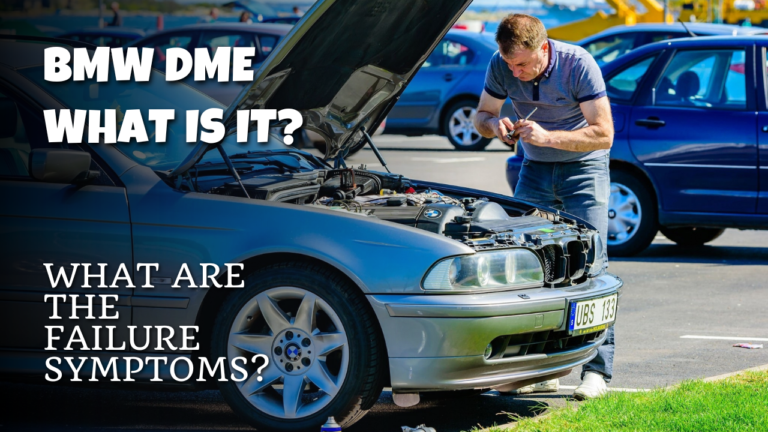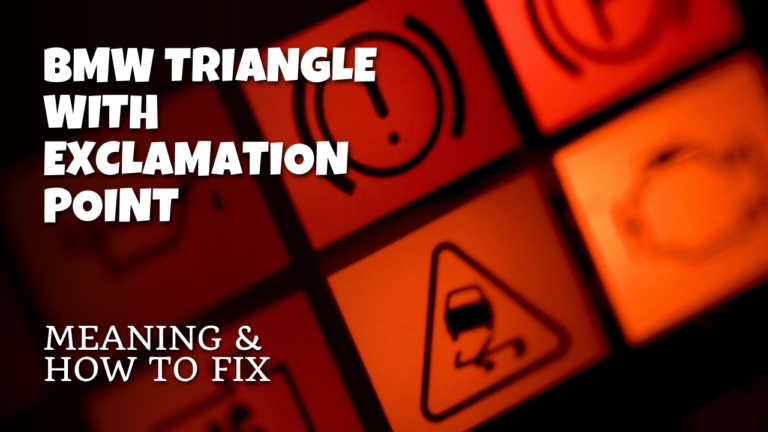BMW Brake Fluid Change Cost (Per Model)
Most people don’t notice that they need to flush and change their brake fluid until the brakes start behaving abnormally. This makes driving dangerous, and poor-quality brake fluid can corrode other engine parts.
BMW brake fluid can typically be changed for $80-$250, depending on where you take it. If you do it yourself, you will save on labor costs.
Changing the fluid on a schedule will save your calipers, fluid lines, cylinders, servos, and pistons. These components are expensive to replace, whereas brake fluid is relatively cheap to change.
Taking care of your brake fluid level keeps you safe on the road and increases the longevity of your vehicle.
What Brake Fluid Does My BMW Use?
BMW made a major change to its ASC and DSC system on all its vehicles starting in 2004.
Prior to this, they used a much simpler braking system and didn’t use a modern system with traction control and ABS.
1965-2003
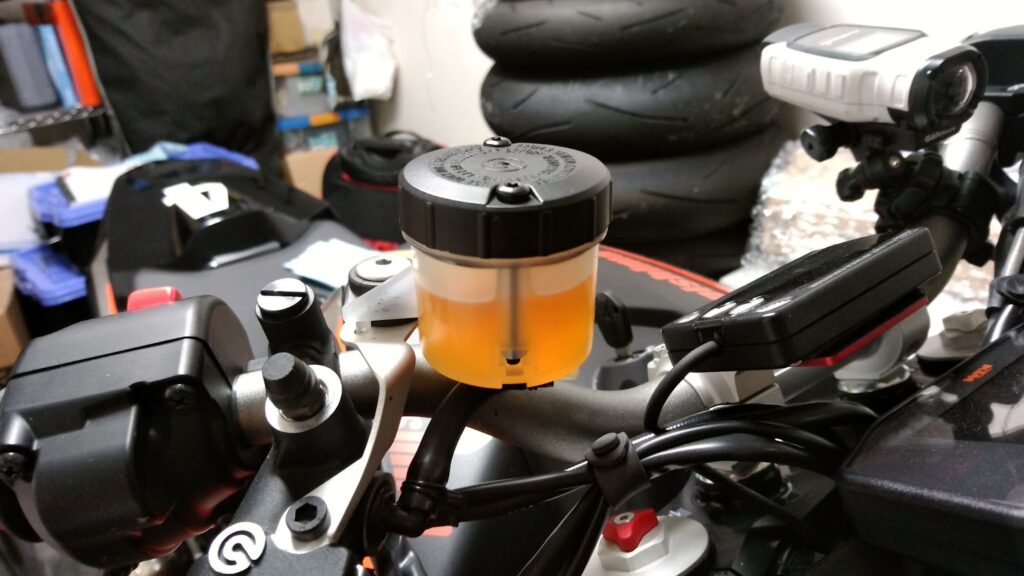
These models use any DOT3 or DOT4 brake fluid. If you have a track car from this era, then Super DOT4 or DOT5 is recommended.
2004-Present
All these models will use a minimum of DOT4. For some models, such as the M models in the 5 series or the X5, Super DOT 4 or DOT5 is recommended.
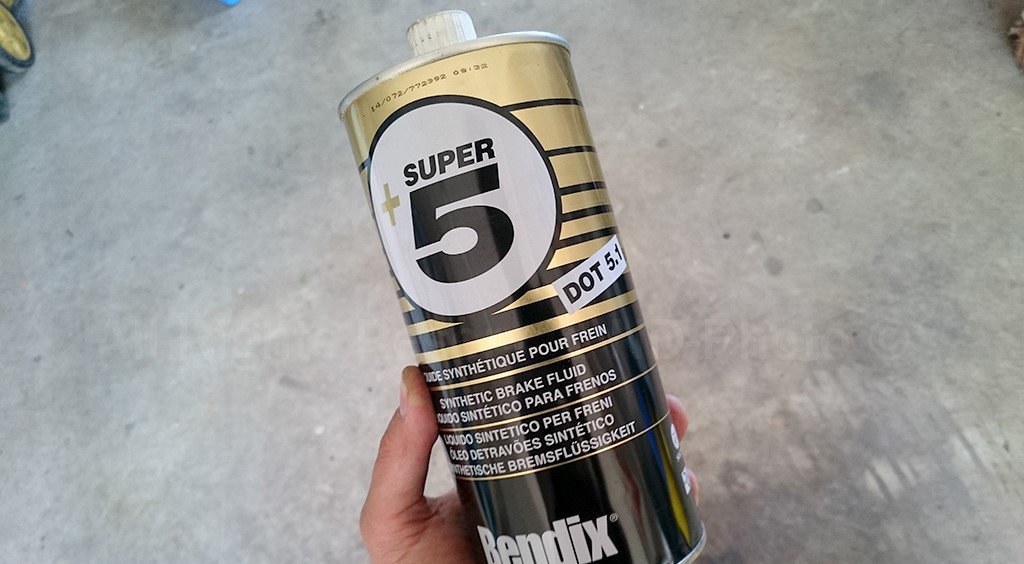
For higher-power models with an inline 6 or larger engine or tuned for track use, DOT5 is the minimum, and you can also use DOT5.1.
How Much Does It Cost?
Whether you are getting DOT3, 4, 5, or DOT 5.1, brake fluid costs don’t vary too much.
In any model of BMW, you will need roughly a quart of brake fluid. For larger vehicles, like the 745 long-wheelbase models, you will need 150ml-250ml extra to compensate for the longer brake lines. With some sports and track models, you will need a little extra to compensate for larger cylinders.
A good quality brake fluid will cost $20-$30 per quart. Some high-spec fluids for track cars will be around $40.
Mechanics charge between $60-$120 for a brake line flush. If you go to a dealership, they will charge $150-$200 for the same job.
The process should cost $80-$240 for any given BMW.
Alternatively, you could do it yourself and save some money.
Brake Fluid Costs:
| DOT 3 Per Quart | DOT 4 Per Quart | DOT 5 Per Quart | |
| 1965-2003 Models | $20 | – | – |
| 2004-Present Models | – | $30 | $40 |
Labor Costs:
| Dealership | 3rd Party Mechanic | DIY | |
| Labor Cost | $150-$200 | $60-$120 | $50-$80 |
DIY Brake Flush
Doing a brake line flush is straightforward and should take 1-2 hours if done right. All you need is the right brake fluid, basic tools, and a pressure bleeder.
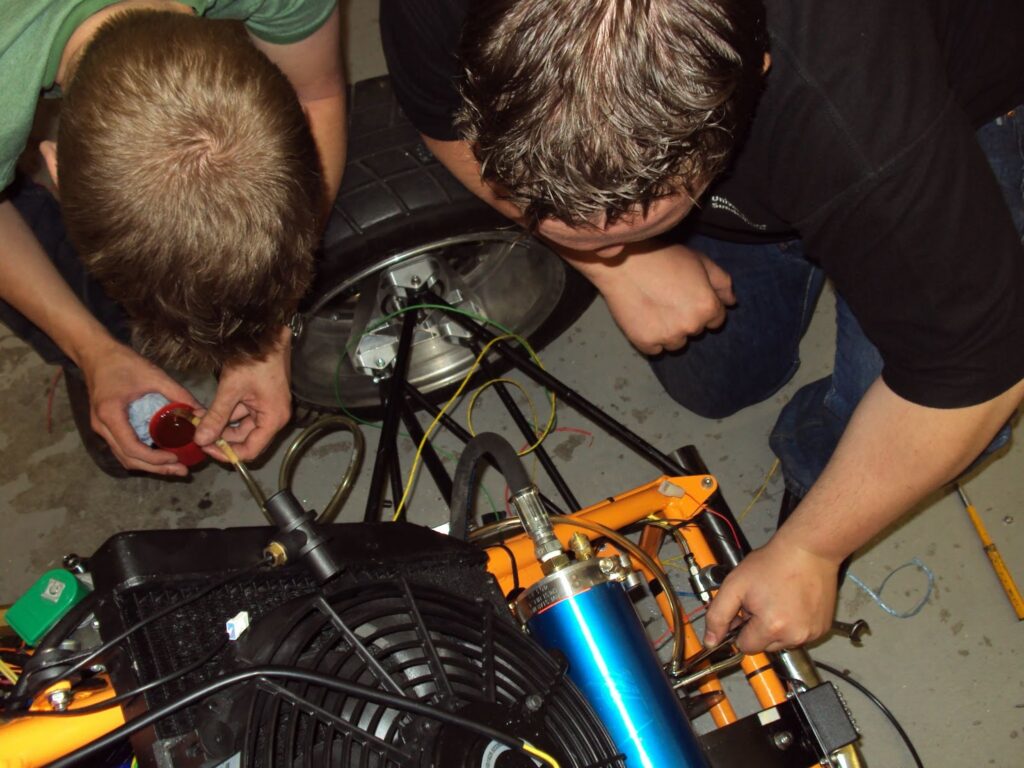
Step 1 – Locate the master cylinder in the vehicle’s engine bay. In some BMW models, this can be behind some paneling and requires you to remove the cabin and engine air filters to gain access.
If you have access to a car lift, remove all the wheels before starting, or remove one tire at a time.
Step 2 – Fill the pressure bleeder with 1 liter of brake fluid and pressurize the container to 20PSI.
You should see a bleeding nipple on the outer rim of the disk brake. It is usually covered with a rubber cap. Remove the rubber cap and attach a draining bottle or simply use a rubber hose that feeds into a bottle.
Turn the nut under the nipple about a half rotation, and the old brake fluid should start flowing through the pipe into the draining bottle.
Step 3 – Wait for all the old fluid to run out of the bottle, and you will see fresh fluid pouring into the draining bottle. Tighten the nut to close the nipple. Wipe off any fluid and reattach the rubber cap on the nipple.
Step 4 – Before moving on to the next brake, look at the brake fluid in the pressure bleeder. Ensure there is always enough brake fluid in the container, as the last thing you want is air in the brake line.
Step 5 – Move to the next brake and repeat the process of loosening the drain nut to release the old fluid and let it flow till you can see fresh fluid coming through the line.
Whenever you change the brake fluid, ensure you have a sealed container of brake fluid to use. Brake fluid can draw moisture from the environment once it’s opened, and water in your brake lines can be harmful.
A standard brake fluid will be enough if you don’t use the vehicle for racing or offroading. Otherwise, consider getting a brake fluid that has a high-temperature rating.


